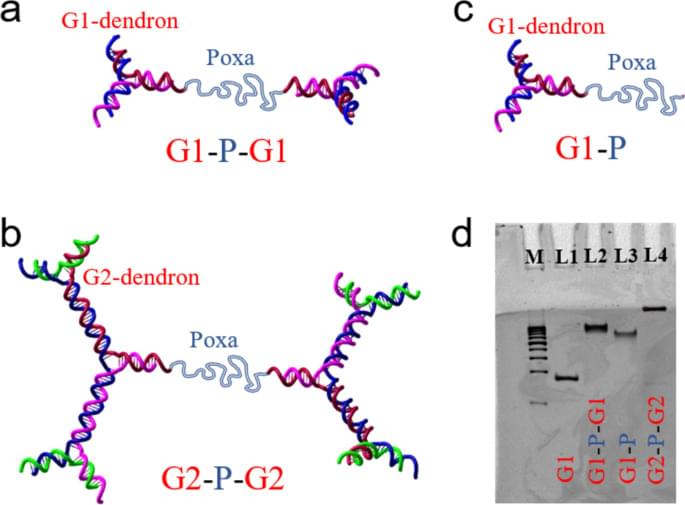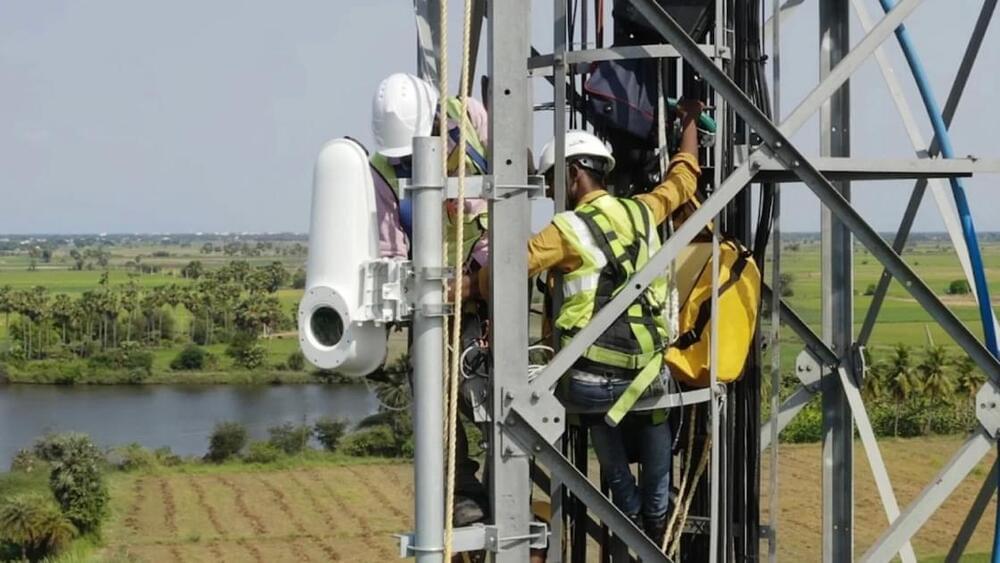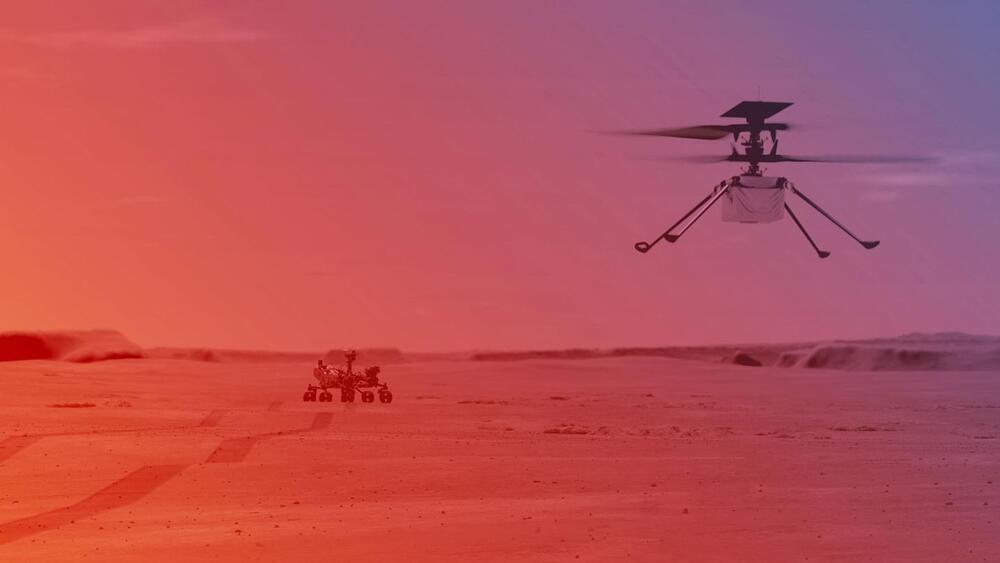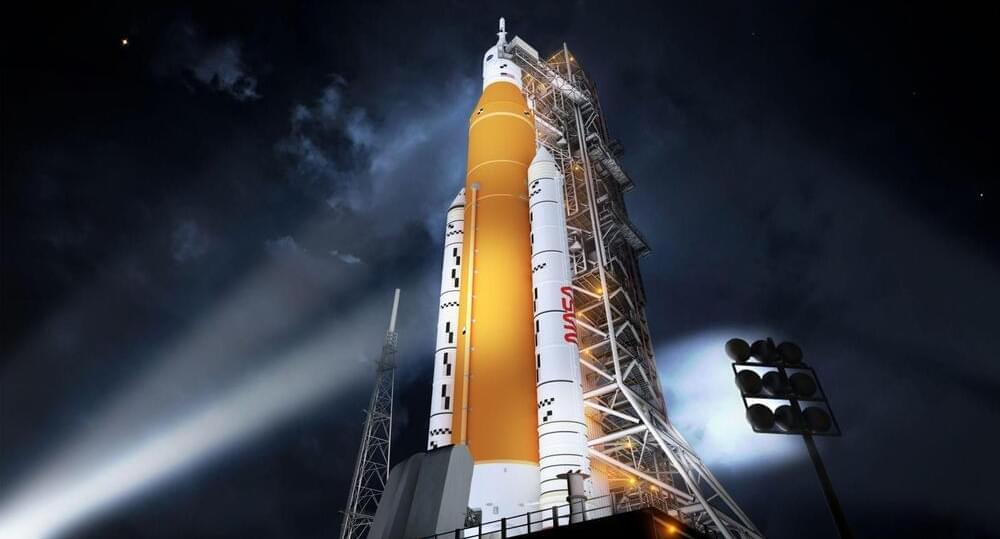Dec 12, 2021
Self assembling cluster crystals from DNA based dendritic nanostructures
Posted by Genevieve Klien in categories: biotech/medical, nanotechnology
Experimental realization of cluster crystals-periodic structures with lattice sites occupied by several, overlapping building blocks, has been elusive. Here, the authors show the existence of well-controlled soft matter cluster crystals composed of a thermosensitive water-soluble polymer and nanometer-scale all-DNA dendrons.


















